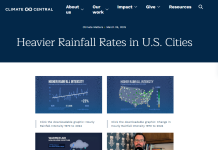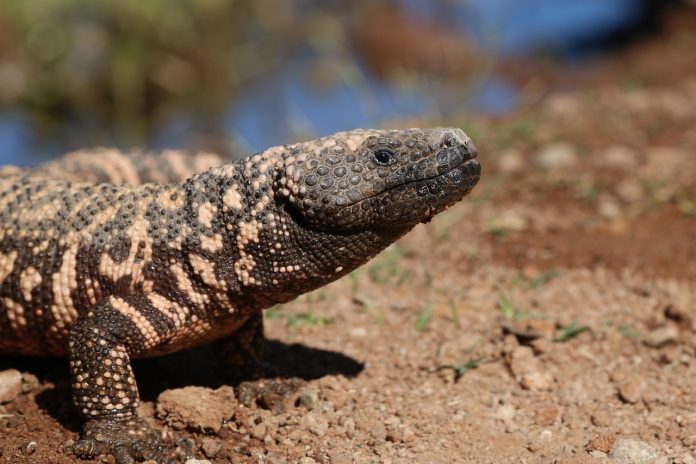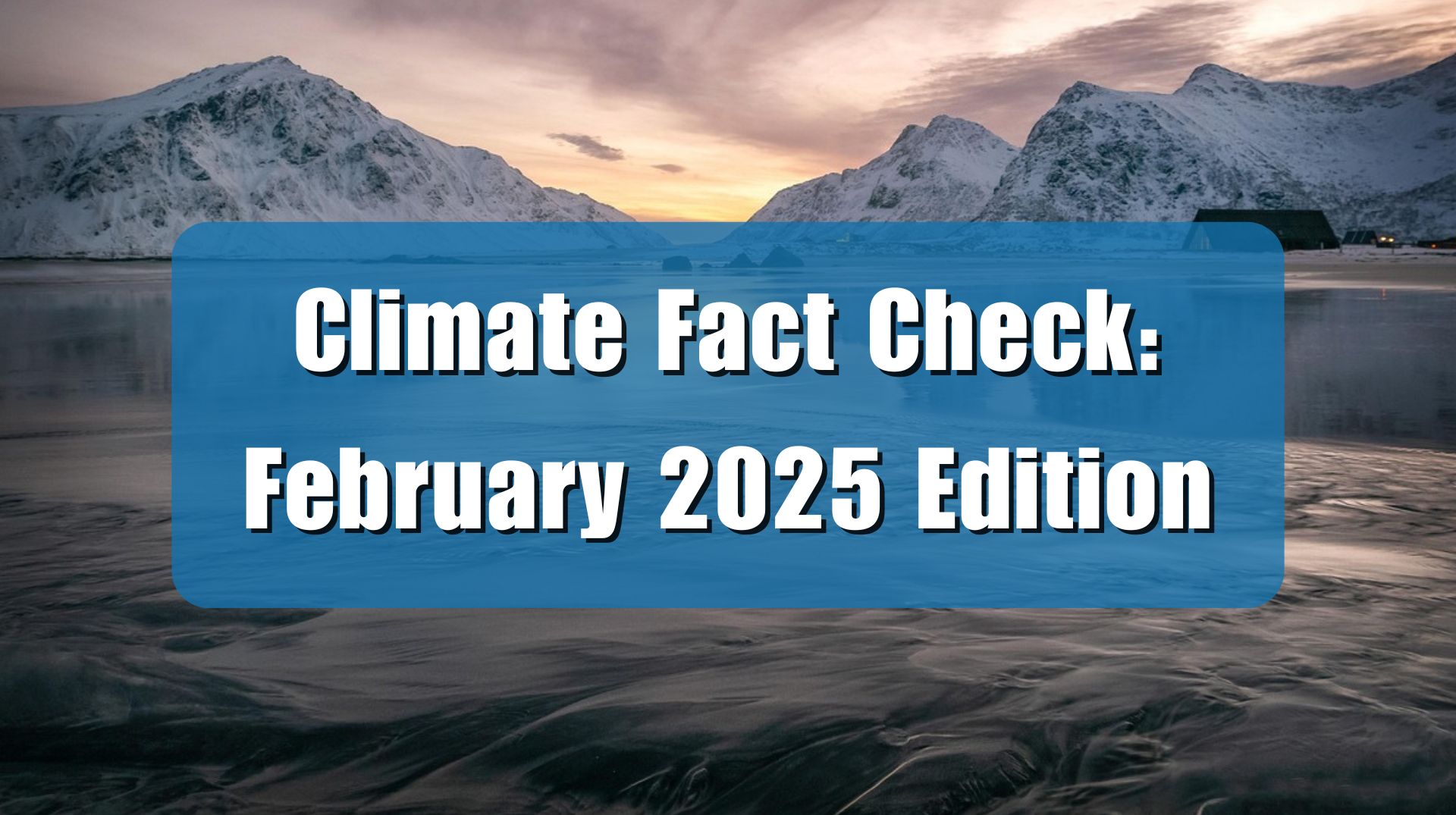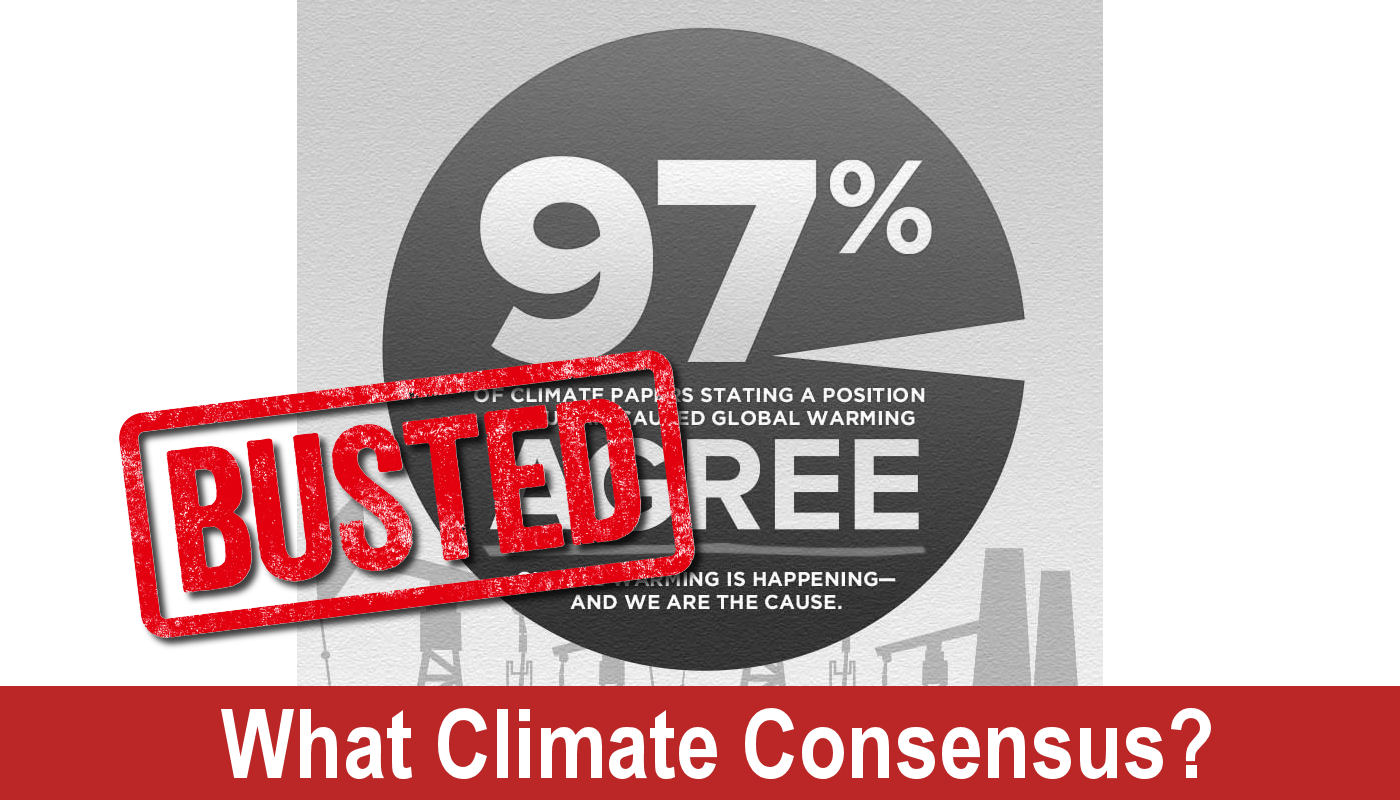A recent Science News article, “Gila monsters may struggle to survive climate change,” claims that Gila monsters living in the Mojave Desert may be displaced and lose habitat due to climate change. The story is purely speculative with no proof given that Gila monsters have suffered from the past hundred-plus years of warming, and the study referenced relies solely on unreliable climate models.
The Science News article cites a study published in Ecology and Evolution which used “climate change forecasts” (climate modelling) to predict how the native environment and preferred habitat of the Gila monster may change under future warming scenarios.
Science News reports that in “lower emissions scenarios, the team found, not much changes for the Gila monsters,” however under the high emissions scenario, “large swaths of the desert ideal for the lizards could vanish by 2082, resulting in a loss of over a third of today’s suitable territory.“ This may sound reasonable at first glance, but if the study authors meant for people to take the results seriously, they should have started by using reasonable climate model scenarios. The researchers chose only two scenarios, represented by RCP 2.6 as the low emissions scenario, and RCP 8.5 as the high-end emissions scenario. The problem is that RCP 8.5 has been abandoned by even mainstream alarmist scientists and the United Nations Framework Convention on Climate Change (UNFCCC) because it is an implausible, possibly impossible, projection. It would require a colossal uptick in the amount of fossil fuel use, possibly more than the planet actually contains. It is certainly not a “business as usual” or even a “slightly more business” type of scenario.
Scientists have exposed the problems with RCP 8.5, as well as the fact that the models themselves run way too hot, as Climate Realism covered here.
Gila monsters have existed in the American southwest since at least the late Pleistocene, 10-8 thousand years ago, and their genus has existed since the Miocene – 10 million years ago. They have persisted through extended periods of much hotter and significantly cooler average temperatures than have been projected under even the most extreme, implausible warming scenarios.
The Mojave has likewise seen severe drought periods even as recently as the mid-20th century, according to a 2004 U.S. Geological Survey (USGS) study. Data do not indicate they are getting worse with time.
It is far more likely that, if Gila monsters continue to see population declines, it will be because of human development related habitat destruction, and the pet trade, not warming. The study authors admit in the abstract of the paper that the Mojave has seen increases in urban sprawl and human population growth. Cities in the Mojave Desert basin, such as Barstow, California, Bullhead City, Arizona, and Boulder City and California City, Nevada, have all experienced population growth and urban expansion over the past half-century, encroaching on Gila monster habitat. In addition, the Mojave desert and the species that make it home are under threat from solar energy development with thousands of acres being cleared of vegetation, including protected Joshua trees, to make room for thousands of solar panels – in supposed service of stopping climate change.
The Gila monster migration data presented by the study authors, although interesting, was unfortunately informed by flawed climate models and the extreme modelling scenarios they chose to use to forecast the species decline. In the process, they ignored the long history of the species and its evolution and survival across shifting climates, and downplayed other factors that directly threaten the lizard. Promoting the catastrophic climate change narrative is not going to help preserve the Gila monster’s habitat. Instead, it is likely to encourage even more damage to their range in the form of land-hungry, habitat-destroying solar developments.

















